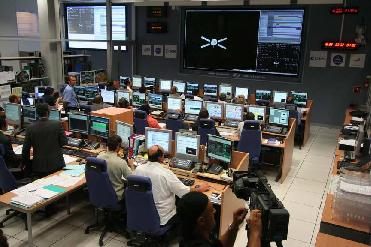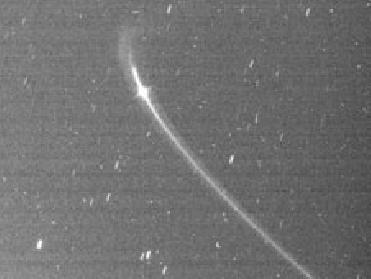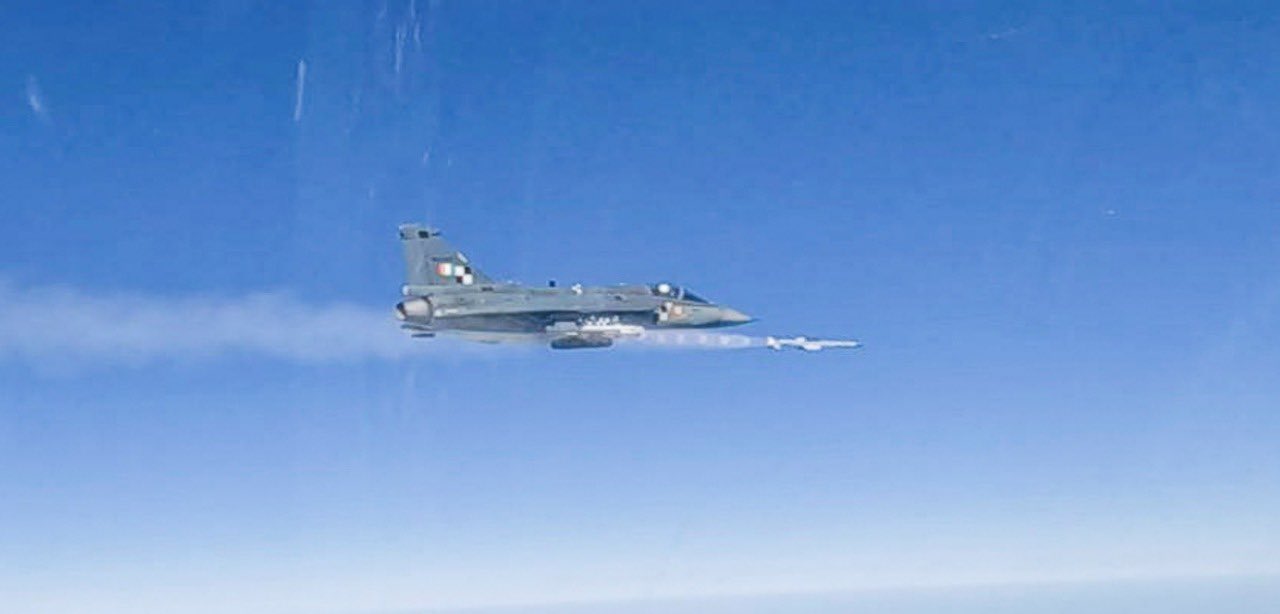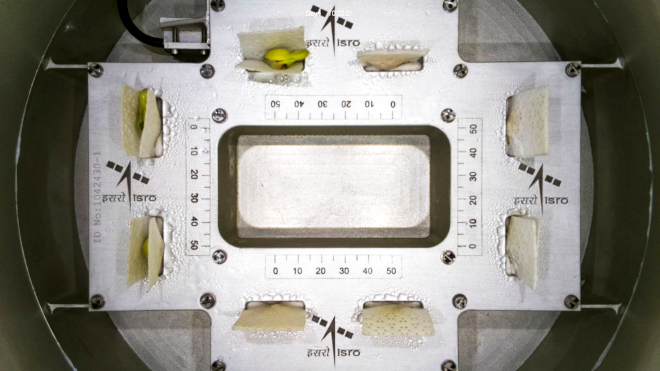
MUNICH (BNS): Something spectacular was witnessed on Friday night when ESA’s comet chaser, Rosetta, flew by a Asteroid Steins, gathering a lot of information on the little known minor Solar System body.
Rosetta was in close contact with asteroid 2867 Steins, when it came as close as 800 km from it on Friday night at 20:58 CEST (18:58 UT). With this close touch, Steins is Rosetta's first nominal scientific target in its 11½ year mission to explore the nucleus of Comet 67P/Churyumov-Gerasimenko.
The European Space Operations Centre (ESOC) in Darmstadt, Germany, confirmed the 'close' encounter at 22:14 CEST, when it received initial telemetry from the spacecraft. It is said that during the flyby operations, Rosetta was out of reach with regard to communication links as its antenna had to be turned away from the Earth. It is said that at a distance of about 2.41 AU (360 million km) from the planet, the radio signal from the probe took 20 minutes to reach the ground.
Unveiling the preliminary findings sent by Rosetta, to the media, at ESOC on Saturday, Dr David Southwood, ESA's Director of Science and Robotic Exploration said that Steins might be small, but we're making big science here. "The better we learn to know the different kinds of asteroids, the better we will understand our origins in the past. Moreover, when such Solar System wanderers escape from the belt they could become a threat to the Earth. The better we know them, the better we will be able to mitigate the risks some of them might present in the future," Southwood said.
Praising Rosetta, Southwood said, “This was a complex manoeuvre to keep such a small target in sight, but the spacecraft came through with flying colours. Now we are even more confident in its capacity to conduct the complex tasks that await it at comet Churyumov-Gerasimenko.”
Scientists said that Rosetta flew by Steins at a relative speed of 8.6 km. “To keep the small asteroid in the field of view of its instruments, the spacecraft had to perform a rapid and highly demanding rotation manoeuvre, which had been successfully rehearsed in March this year,” they observed.
The finding sent by Rosetta on Steins will be observed till Wednesday, September 10.
Rosetta has already travelled about 3.7000 million kms since its launch by an Ariane 5 rocket on March 2, 2004. It has swung by the Earth twice and Mars once for gravity-assist manoeuvres. On December 17 this year, Rosetta is expected to reach the maximum distance from the Sun in its current orbit, and will then return towards Earth for the next and last gravitational kick from the planet on November 13, 2009. On this day, it is expected to give the probe its final push toward its cometary target.
On July 10, 2010, Rosetta is scheduled to conduct another flyby with the much larger (21) Lutetia asteroid. By mid 2014, arrival at 67P/Churyumov-Gerasimenko is expected and by that time the probe should have covered a distance of about 6.5000 million km.
In March 2006, Rosetta had the first look at Steins, when the Osiris camera onboard observed the brightness variations of this rotating asteroid from a distance of 159 million km (a little over the distance between Earth and the Sun), and was able to determine that the tiny asteroid spins around its axis in about six hours.
Together with the two navigation cameras onboard, Osiris was again pointed towards Steins on August 4 this year and continued to observe the asteroid for a month, to assist Rosetta's navigation by optical means – a first in the history of ESA spacecraft operations. Just a couple of days before the flyby, most of Rosetta orbiter instruments, as well as Philae Lander magnetometer, were switched on to collect science data on the asteroid, with ever-increasing accuracy as the spacecraft came closer to it.
The scientists said that Rosetta's powerful instruments have been focusing on the asteroid's orbital motion, rotation, shape and density. As the distance diminished, the investigation broadened to take in the observation of surface properties and features, and the analysis of the chemical and mineralogical composition of the terrains, as well as their relative ages and the effects of the solar wind on the surface.
 Previous Article
Previous Article Next Article
Next Article













The Indian Air Force, in its flight trials evaluation report submitted before the Defence Ministry l..
view articleAn insight into the Medium Multi-Role Combat Aircraft competition...
view articleSky enthusiasts can now spot the International Space Station (ISS) commanded by Indian-American astr..
view article